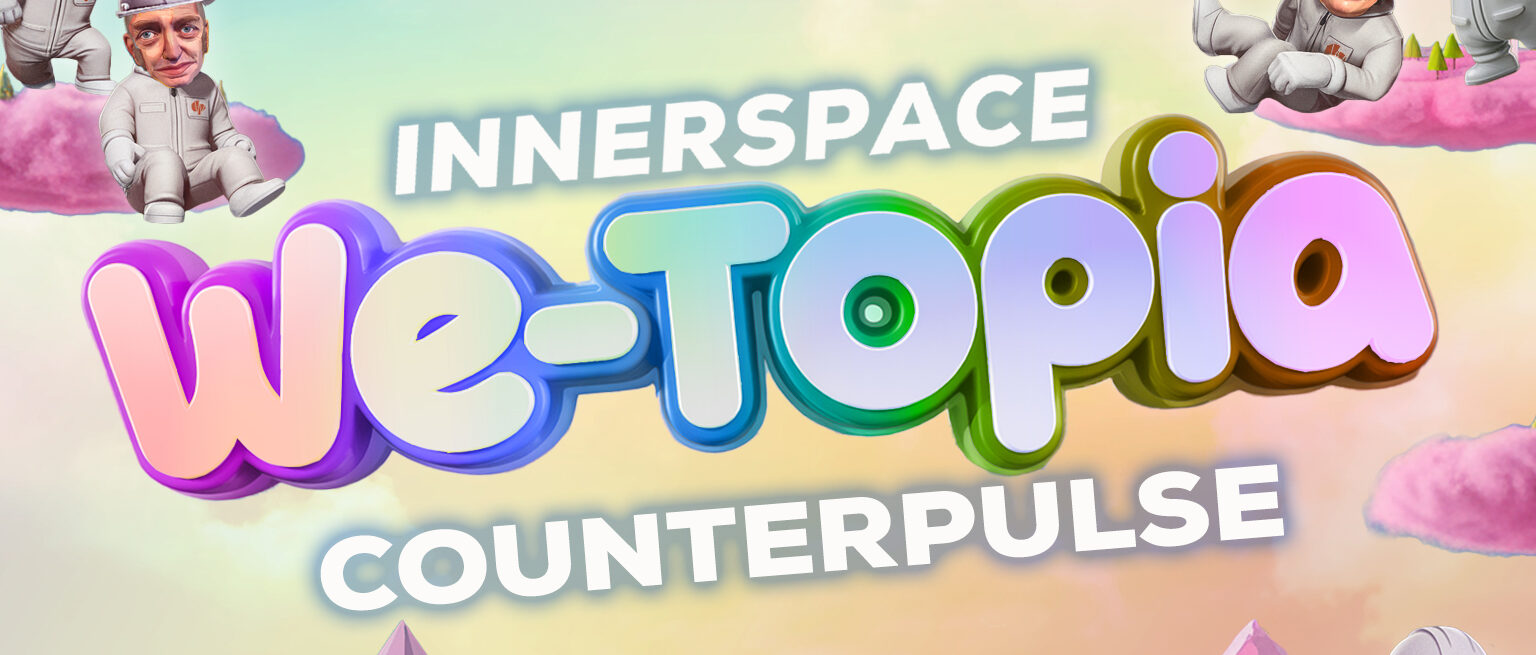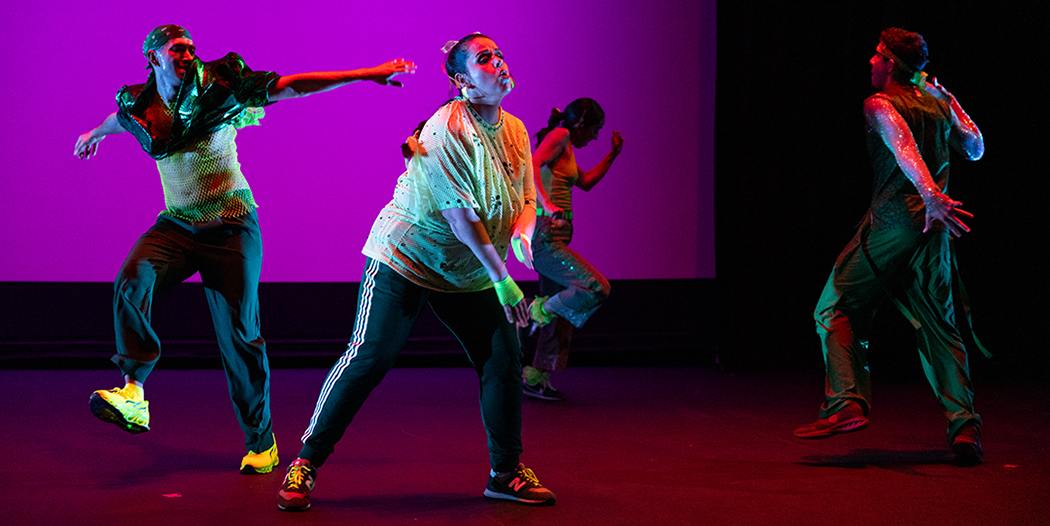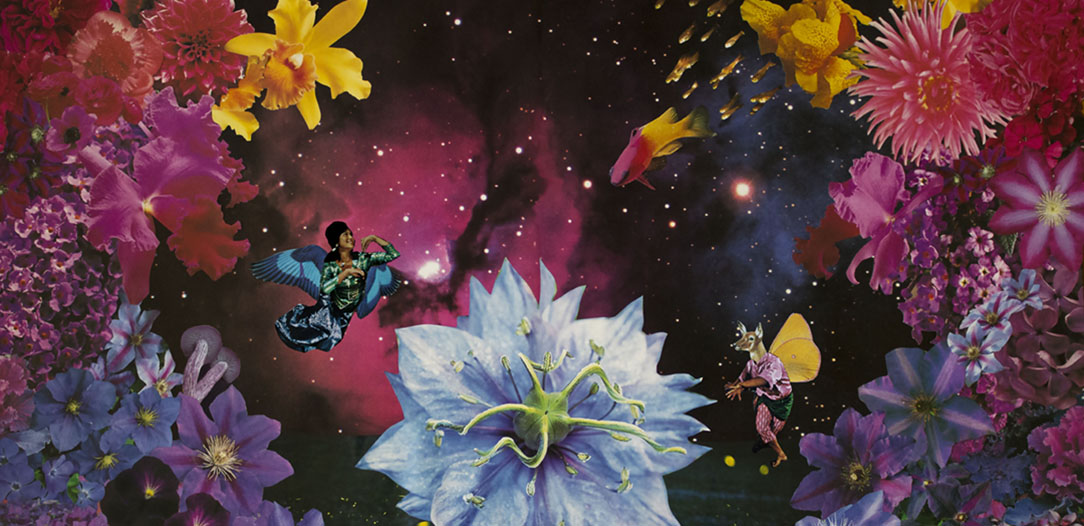Shawty what?
How they do it where you from?
How they do it where you from?
That’s how they do it where we from
That how they do it where they from
Shawty what?
How they do it where you from?
How they do it where you from?
That’s how they do it where we from
That how they do it where they from
-Missy Elliot
Where you’re from matters. It shapes you and sets you on a life path. It’s also an arbitrary roll of the dice. You don’t get to choose where you’re from. But sometimes you get to decide how much or how little this fact defines you.
Dohee is from Jeju Island. In so many ways, her roots inform her work. If it wasn’t for Dohee, myself and many of us within her sphere of influence would never even have heard of Jeju. She is a great ambassador of that magical, endangered place.
If you’re lucky, you don’t have to let where you’re from define you. However, something I’ve learned from Dohee is, if you don’t understand where you’re from, you block off a crucial conduit towards understanding yourself. This ignorance of one’s roots is not just potentially harmful to one’s self, but destructive to society as a whole. When you understand your roots – the land where you were born, the history, your ancestors – then you can make enlightened decisions as to what your relationship is to all that. To what extent do you want to embrace or reject that connection and identity? Who do you want to become in this world?

She could have made a career as a traditional artist in Korea, but came to Oakland to seek something different. To skronk with Larry Ochs, to compose for Kronos quartet, to move with Anna Halprin. To find her voice she had to leave her musical comfort zone.
When I began working with Dohee, it was for her a time of deep personal inquiry. MAGO (our previous project) was intensely autobiographical. A sort of multi-generational, multi-dimensional deconstruction of her past, present, and future worlds.
And now, with ARA, our current show, she is guiding others through a similar journey of personal inquiry – a process of deconstructing the raw material of journey stories and creating art and community from that.
To me, the strength of this work is that Dohee knows where she’s from. That’s at the root of everything. But the substance of the work is much broader than that. Instead attaching to her personal story, she uses her life journey as a launching point to cultivate an expansive empathy. And through that empathy – connecting to so many stories through her story – she is developing a voice that speaks to the universal.
There are many ways to see/categorize Dohee’s work. To many observers, ARA probably looks like an Asian women’s project. Which it is. But categorizing it as such misses the point. Whatever the faces look like and the voices sound like in this show, don’t let that obscure that these connections to home, these journeys, the waterways that connect us all – that is what this show about. It is everyone’s story.
We envision making ARA and projects like this in all communities where the land and the minds of the people have been colonized. Our dream is to use art and ritual to create new connections and to help revitalize communities and the environment. ARA Ritual 1 is our learning/training towards trying to manifest this dream. We hope you can check it out and let us know what you think!
—–
Jason Ditzian has been working with Dohee Lee for the past six years to help bring her artistry to wider audiences.
Share This!
More Good Stuff
Thursday March 6th • 5PM - 10PM Step into a world where imagination shapes reality at CounterPulse’s annual gala! This year, INNERSPACE: We-Topia is
Primera Generación Dance Collective is ready to be back in San Francisco! We are so excited to perform and be in community with our
Embodying Utopia is a project created to give queer people the space to imagine what an ideal world would look like for them.



